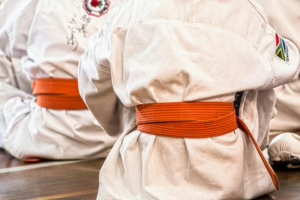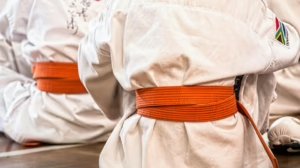The Evolution of Soccer Tactics: From Classic Formations to Modern Play
Soccer, known as football outside of North America, has evolved tremendously since its inception in the late 19th century. From the rudimentary style of play dominated by improvisation to the meticulously crafted strategies of today, soccer tactics have undergone a profound transformation. This article explores the evolution of soccer tactics, focusing on classic formations and their transition into modern play.
Early Days: The Birth of Soccer Tactics
In the early formations of soccer, teams primarily focused on basic strategies. The 2-3-5 formation, commonly referred to as the "Pyramid," was prevalent in the late 19th and early 20th centuries. It featured two defenders, three midfielders, and five forwards. This formation emphasized an attacking style but left teams vulnerable defensively.
As the game progressed, teams recognized the need for a more balanced approach. The WM formation, introduced by Herbert Chapman in the 1920s, marked a significant shift. It provided a solid defense while allowing flexibility in attack, forming a more structured approach that set the stage for future tactics.
Mid-20th Century: The Tactical Renaissance
The mid-20th century saw a remarkable evolution in football tactics, influenced by prominent coaches and teams. The catenaccio system emerged in Italy, emphasizing a strong defensive foundation complemented by swift counter-attacks. This tactic was effective in neutralizing opponents and showcased the importance of strategic positioning.
Simultaneously, the total football philosophy developed in the Netherlands, promoting fluidity and interchangeability among players. Every player was expected to understand multiple roles, allowing teams to maintain possession and overwhelm opponents. This tactical approach laid the groundwork for modern soccer’s emphasis on versatility.
The Modern Era: Complexity and Specialization
As soccer entered the 21st century, tactics became increasingly complex. Coaches began to focus on specific roles within formations, leading to more specialized player positions. The iconic 4-4-2 formation dominated the early 2000s, offering a balanced approach with two banks of four, but tactical innovations began to emerge rapidly.
The Rise of Possession-Based Football
In the late 2000s, Spain’s national team and FC Barcelona popularized possession-based football, often referred to as tiki-taka. This involved short passing, movement off the ball, and maintaining possession to wear down opponents. The 4-3-3 formation became synonymous with this style, allowing for fluid attacking transitions and defensive stability.
Pressing and Counter-Pressing
In response to the rise of possession football, teams began to adopt pressing strategies. Jurgen Klopp and Pep Guardiola became known for their approaches that emphasized high pressing and counter-pressing. This tactic focused on regaining possession quickly after losing the ball, creating goal-scoring opportunities while countering the opponent’s offensive plays.
Tactical Diversity in Modern Soccer
Today’s soccer landscape showcases a wider variety of tactical formations and strategies. Coaches adapt their approaches based on player strengths, opponent weaknesses, and game situations. Some modern formations include:
- 3-5-2: Employed for its flexibility in midfield and ability to exploit the flanks.
- 4-2-3-1: Favored for its balance between defense and attack, providing a strong foundation for creativity in the final third.
- 5-3-2: Utilized for its defensive solidity, particularly against teams with strong attacking units.
Conclusion: The Continuous Evolution of Tactics
As soccer continues to evolve, so do its tactics. The advancement of sports science, data analytics, and player fitness has allowed coaches to refine their strategies, maximizing team performance.
Modern soccer is no longer just about formations; it’s about adaptability, preparation, and understanding opponents. As the game progresses, we can expect tactics to evolve even further, making soccer not only a sport of skill and teamwork but also a complex and ever-changing chess game on the pitch.
The future of soccer will undoubtedly be shaped by the innovations of today, leaving fans and players alike excited for what lies ahead in the beautiful game.
[modern_footnote_source_link]

























Add Comment